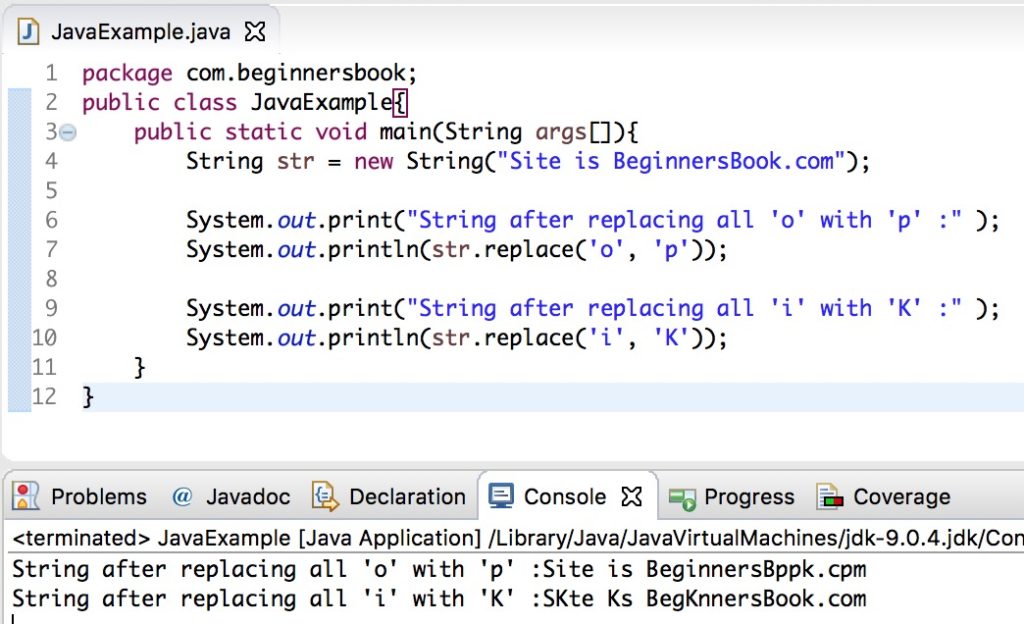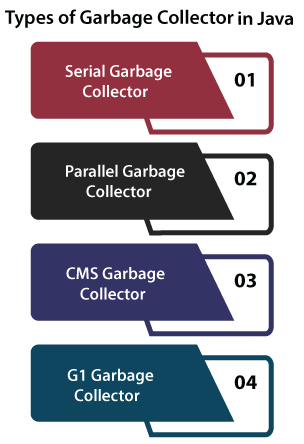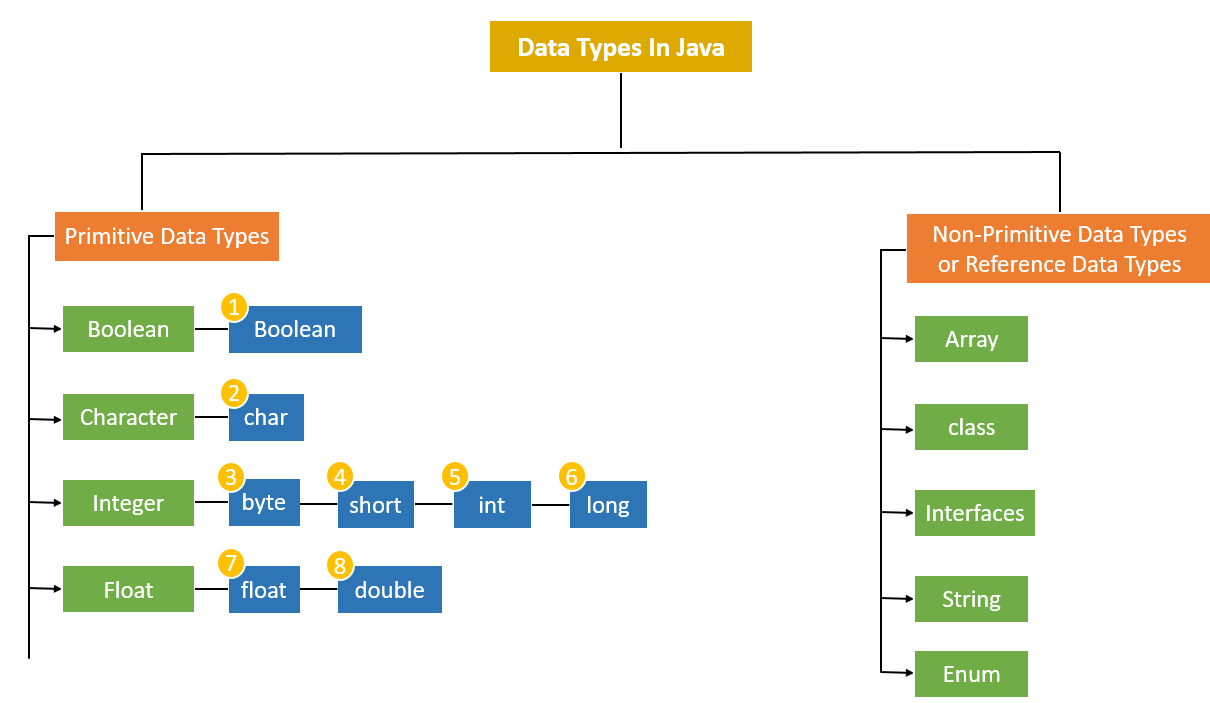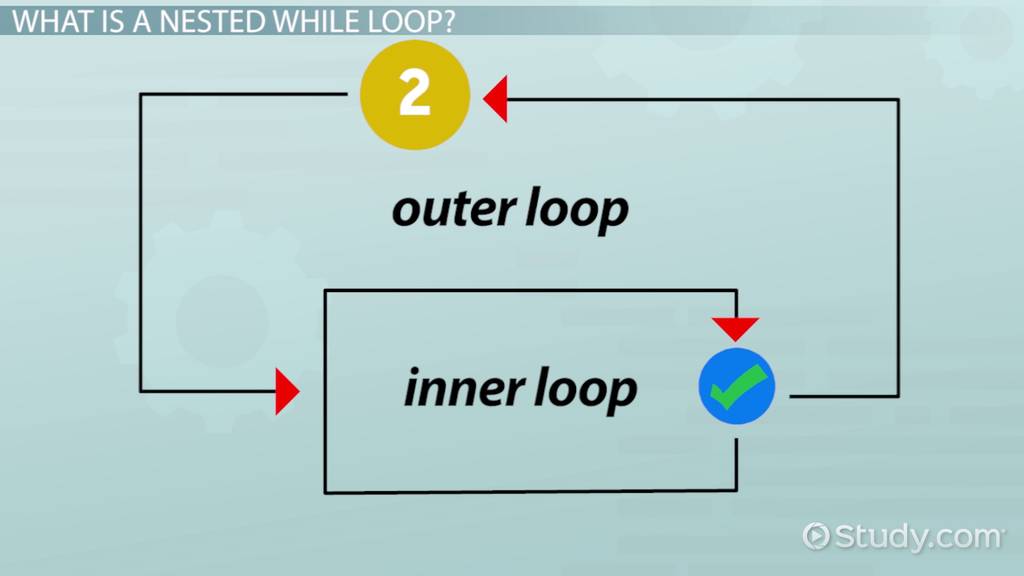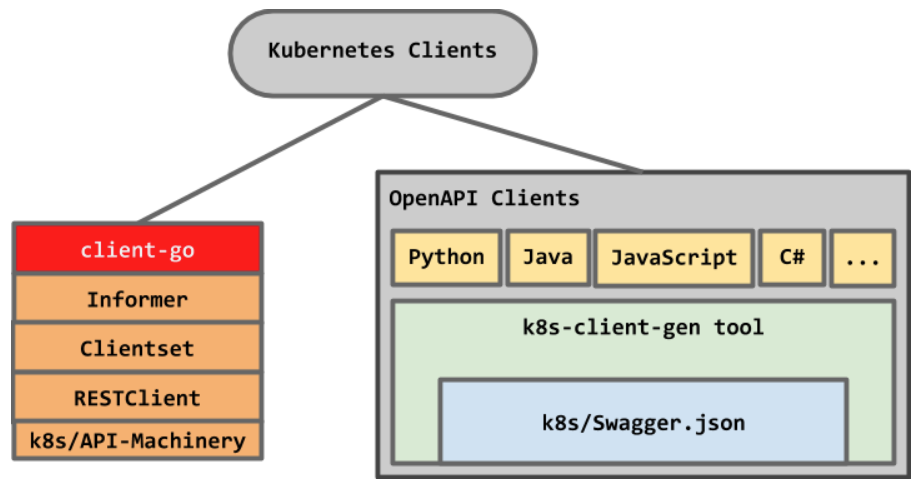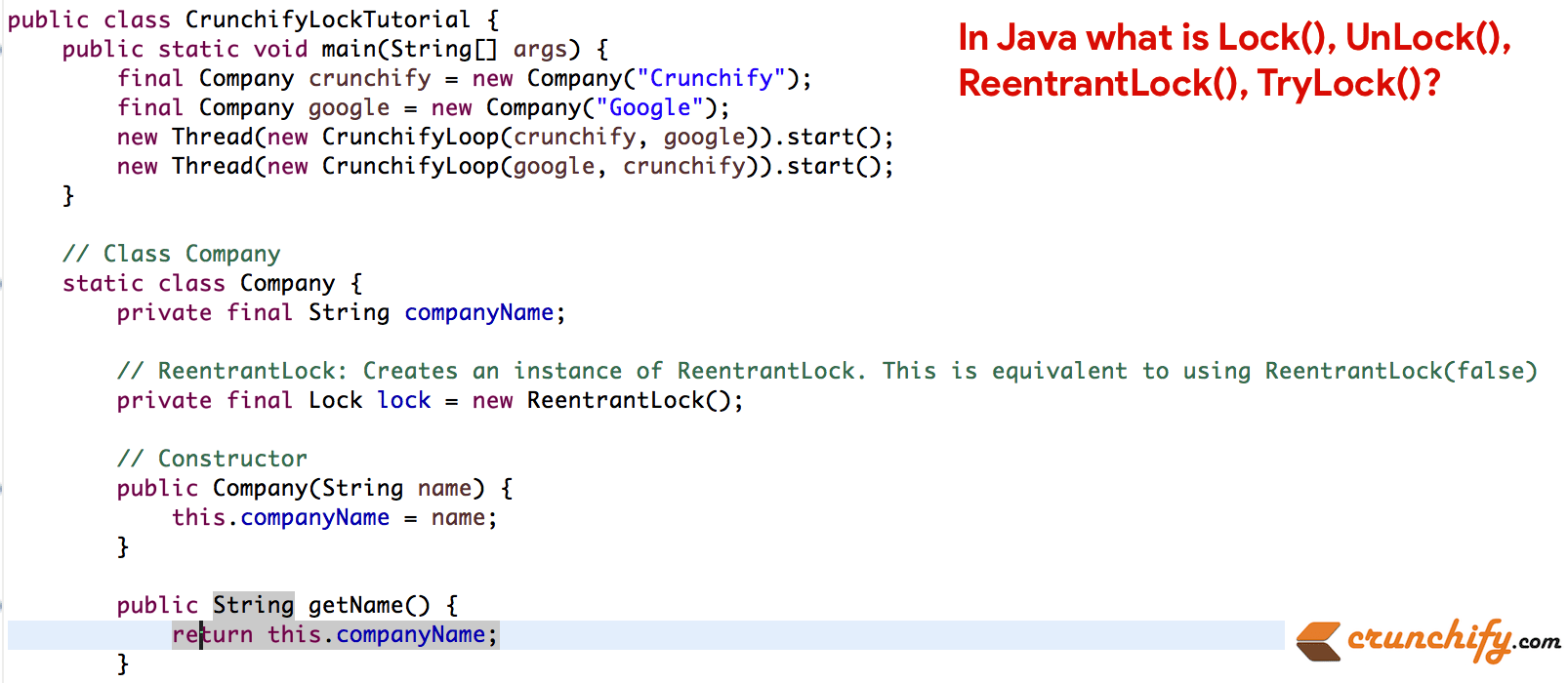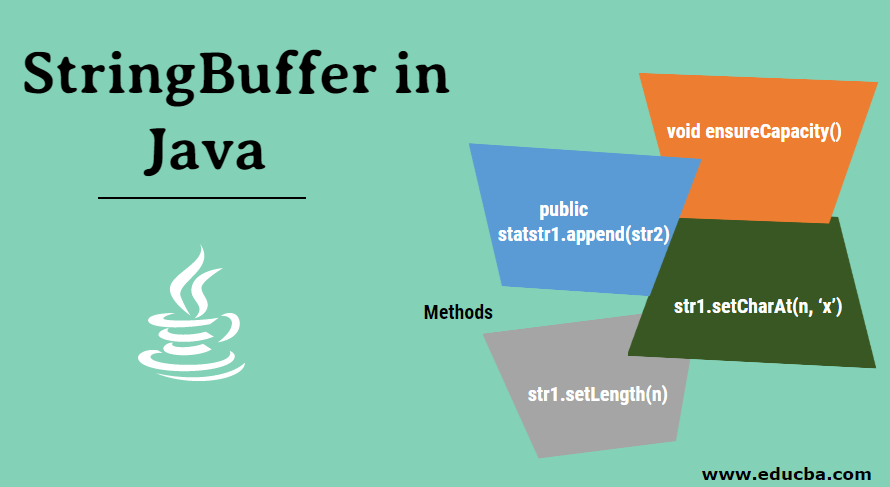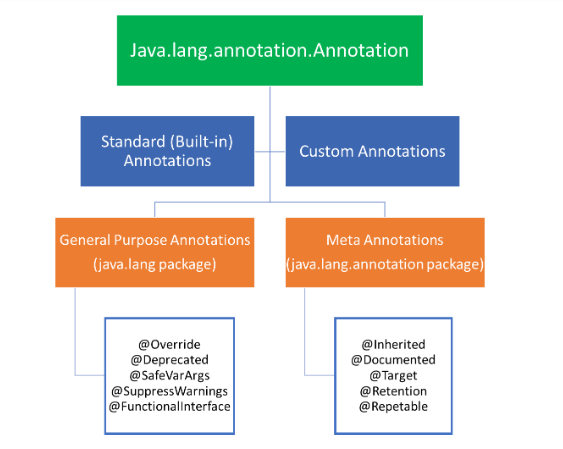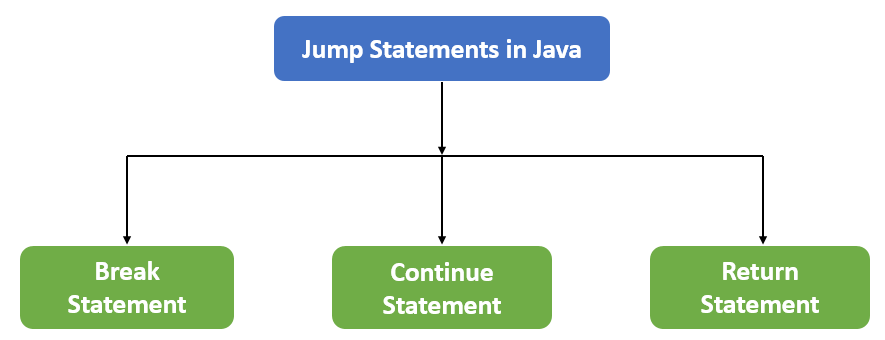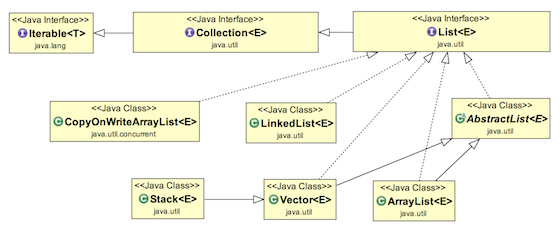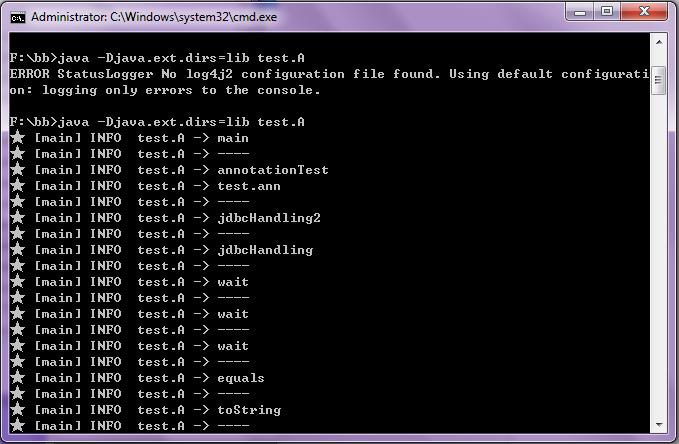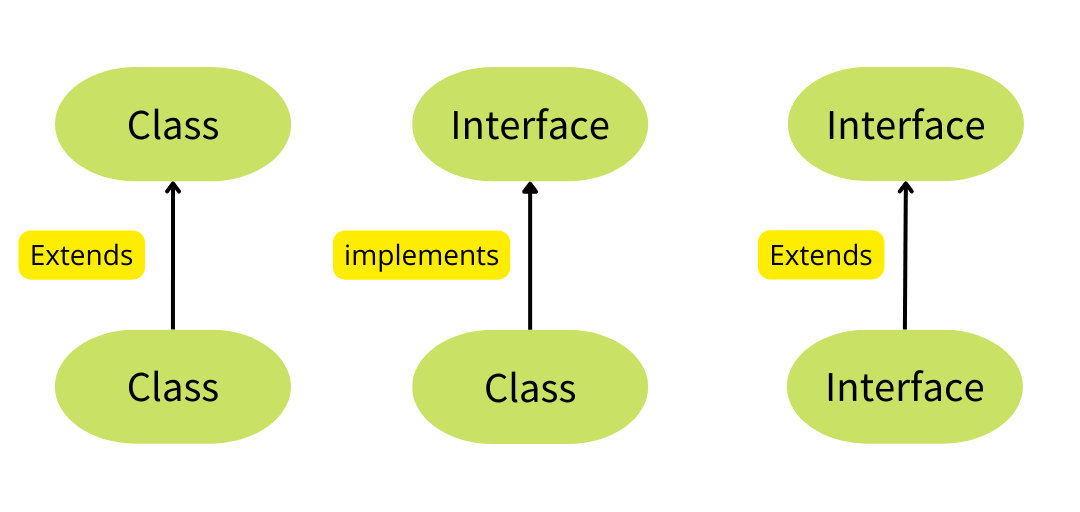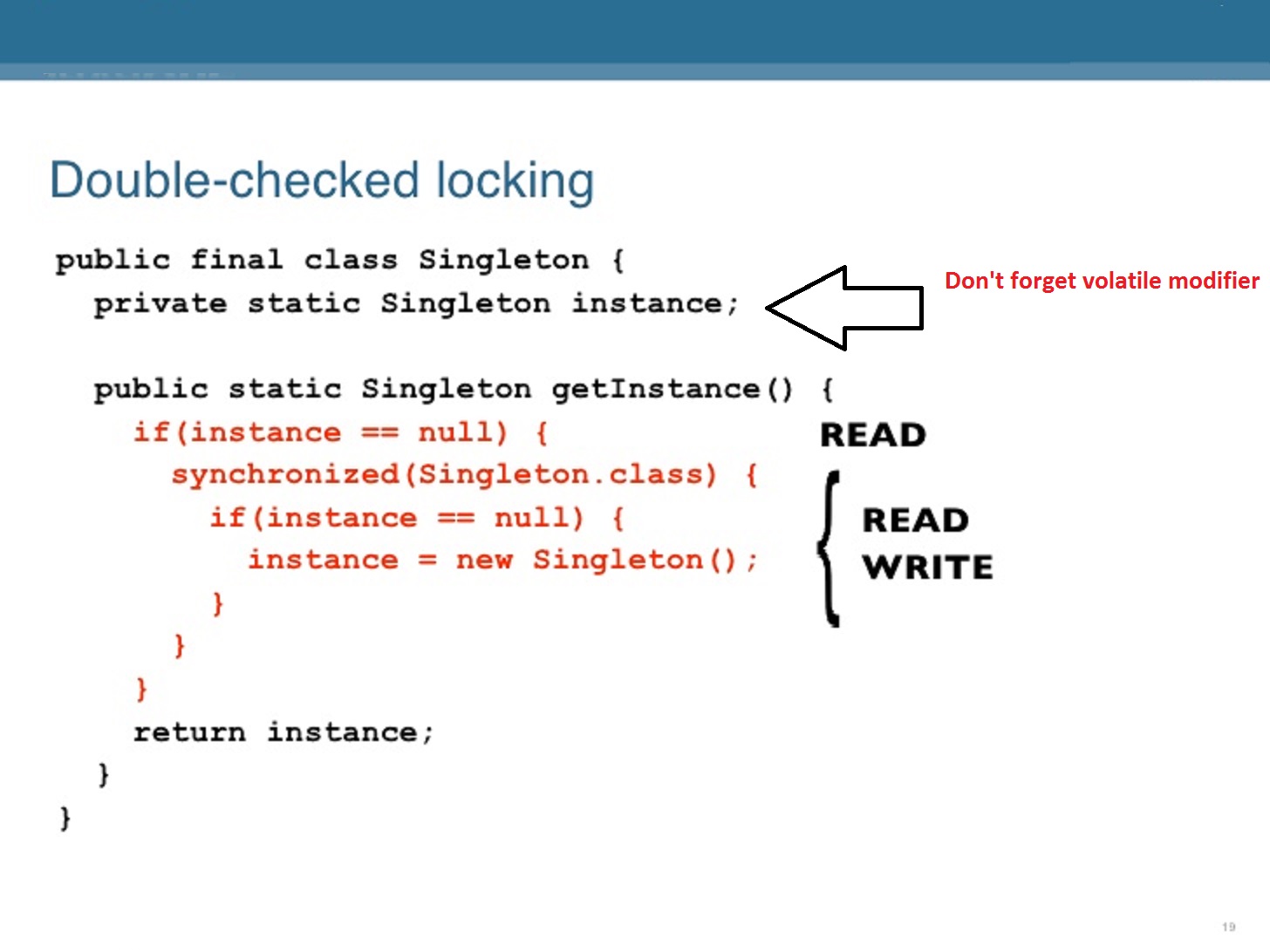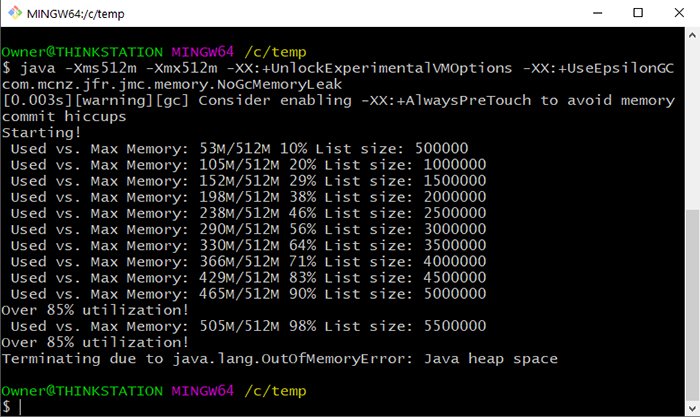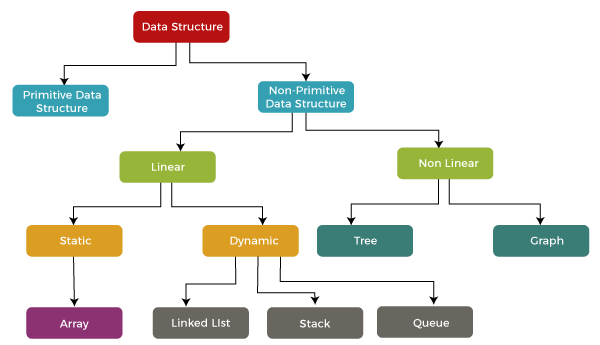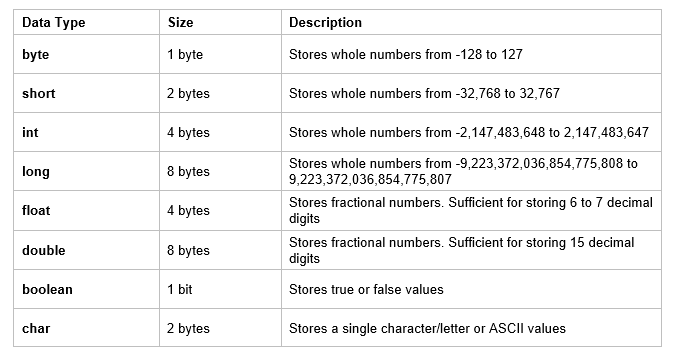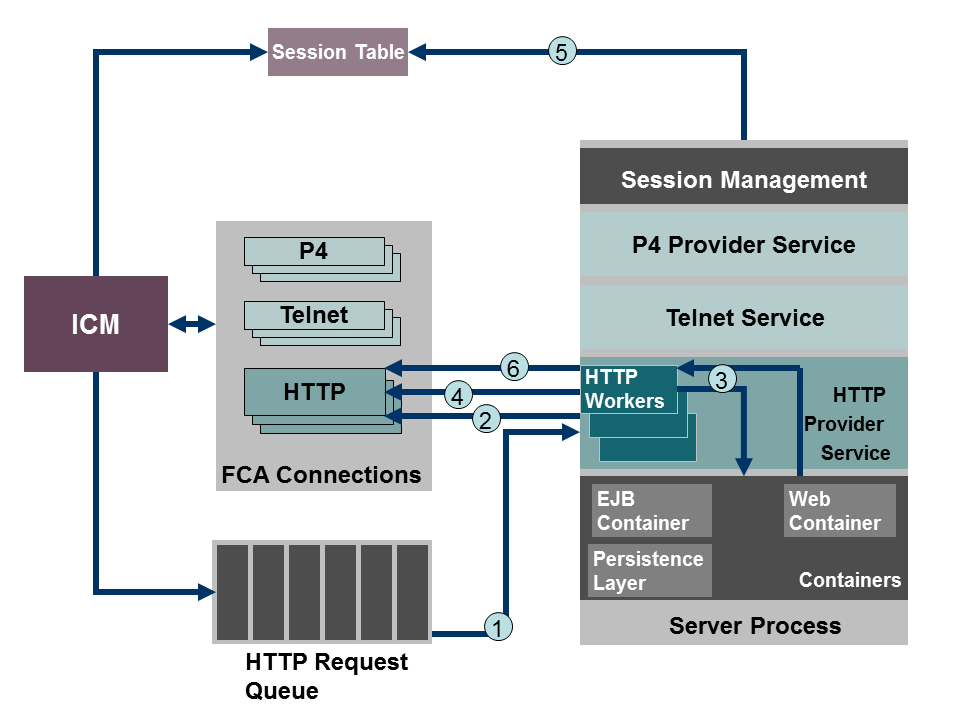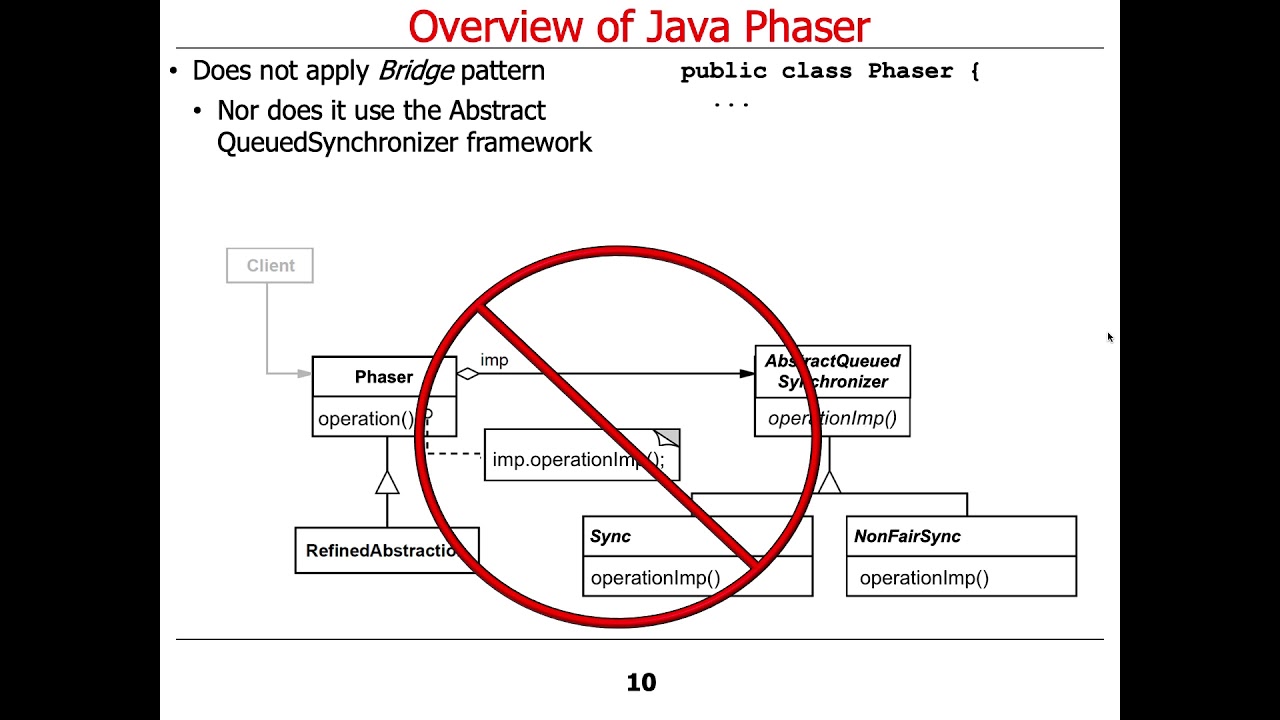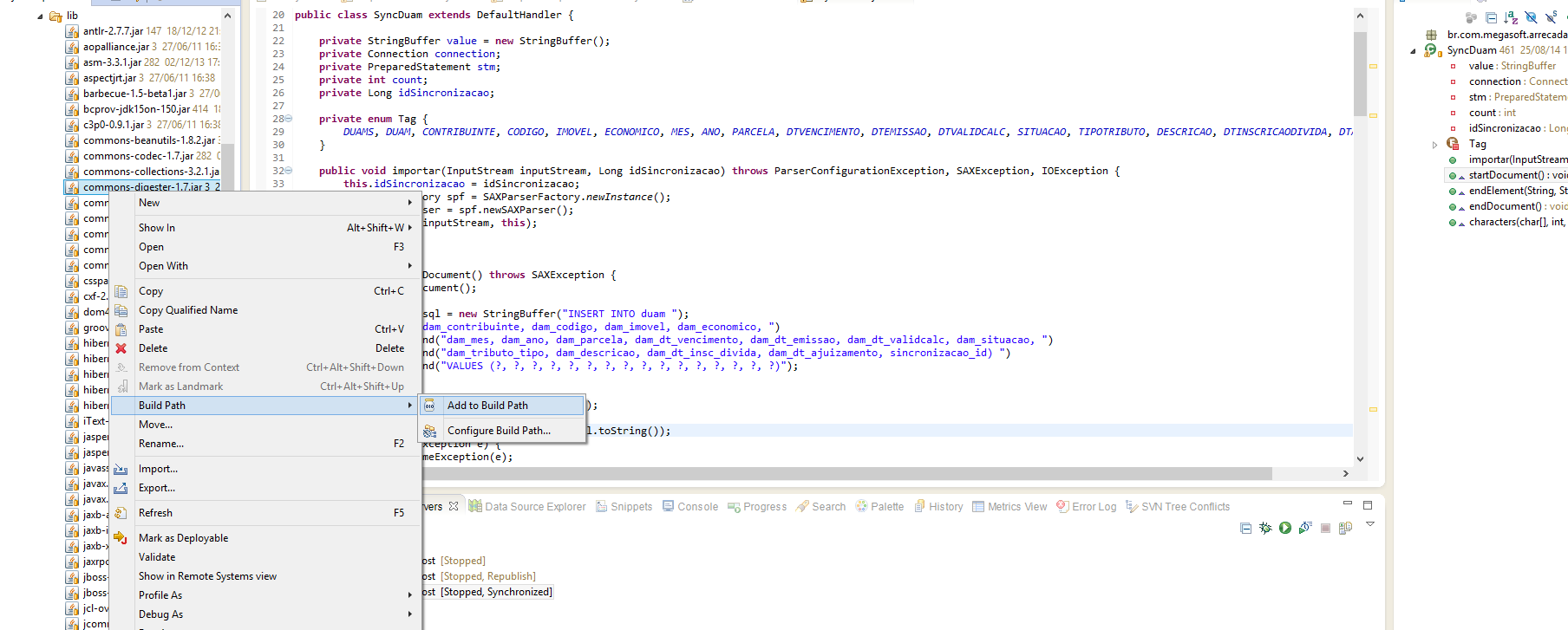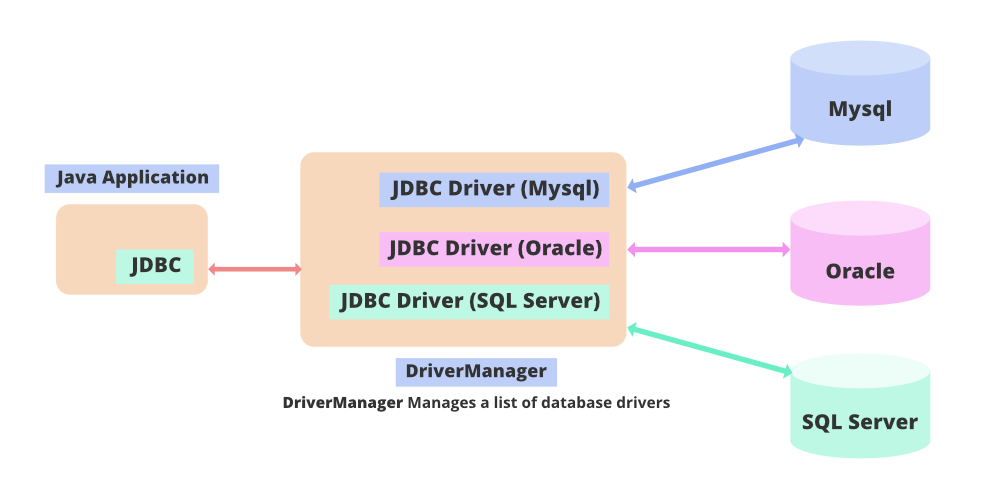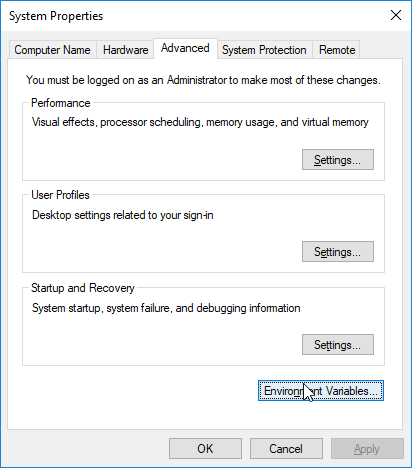tcp/ip server socket in java
tcp/ip server socket in java

Here's a detailed explanation of TCP/IP Server Socket programming in Java:
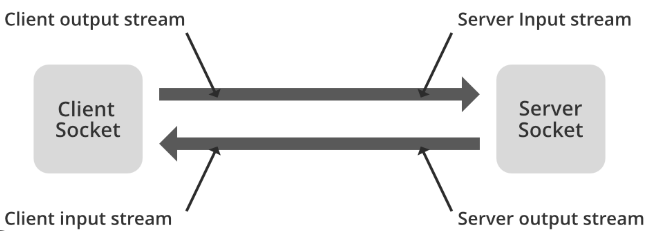
What is a Server Socket?
A server socket, also known as a listening socket, is a type of socket that listens for incoming connections from clients (typically other computers or devices). A server socket is responsible for accepting and managing multiple connections from various clients.
Java's ServerSocket Class
In Java, the ServerSocket class represents a server socket. The ServerSocket class provides methods to bind to a specific port number, listen for incoming connections, accept client connections, and close the socket. Here's a step-by-step guide:
ServerSocket server = new ServerSocket(portNumber);
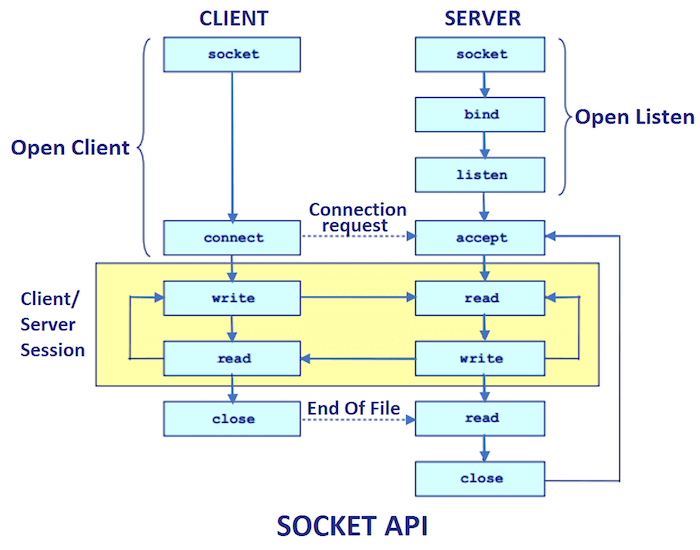
Replace portNumber with the desired port number (e.g., 8080).
server.bind(new InetSocketAddress(portNumber));
This step binds the server socket to the specified port number.
Listening for Incoming Connections:ServerSocket server = new ServerSocket(portNumber);
server.listen();
The listen() method puts the server socket into a listening state, allowing it to accept incoming connections.
Socket client = server.accept();
Once a client connects, the accept() method returns a Socket object representing the connected client.
Use the Socket object to communicate with the client (e.g., send and receive data). You can use methods like getInputStream(), getOutputStream(), or getChannel() to handle I/O operations.
server.close();
When you're done handling client connections, it's essential to close the server socket using its close() method to free system resources.
Example Code
Here's a basic example demonstrating how to create a TCP/IP server socket in Java:
import java.io.*;
import java.net.*;
public class TCPServer {
public static void main(String[] args) throws IOException {
ServerSocket server = new ServerSocket(8080);
System.out.println("Server started. Listening for incoming connections...");
while (true) {
Socket client = server.accept();
System.out.println("Connection accepted from " + client.getInetAddress());
// Handle client-specific logic
BufferedReader in = new BufferedReader(new InputStreamReader(client.getInputStream()));
PrintWriter out = new PrintWriter(client.getOutputStream(), true);
String inputLine;
while ((inputLine = in.readLine()) != null) {
if (inputLine.equalsIgnoreCase("quit")) {
break;
}
System.out.println("Received: " + inputLine);
out.println(inputLine); // Send response back to client
}
client.close();
}
}
}
In this example, the server listens for incoming connections and accepts a single connection at a time. The server then handles client-specific logic by reading from the client's input stream, processing the data, and sending responses back to the client.
Conclusion
TCP/IP Server Socket programming in Java allows you to create network servers that accept and manage multiple client connections. Understanding how to create, bind, listen, accept, and handle client connections is crucial for building robust network applications. The provided example demonstrates a basic implementation of a TCP/IP server socket, which can be extended and modified according to your specific requirements.
Please note that this code is just an example and should not be used in production environments without proper error handling, security measures, and performance optimizations.
What is tcp in java w3schools
I'm happy to respond in English!
TCP (Transmission Control Protocol) in Java refers to the implementation of TCP protocol in the Java programming language. In this article, we will explore what TCP is, its features, and how it can be used in a Java application.
What is TCP?
TCP is one of the most widely used transport-layer protocols in computer networks. It provides reliable, error-checked data transfer between applications running on different devices connected through an IP (Internet Protocol) network. TCP ensures that data is delivered correctly by:
Breaking down large files into smaller chunks called segments. Assigning a sequence number to each segment. Requesting the receiver to acknowledge receipt of each segment. Resending any lost or corrupted segments.Features of TCP in Java
In Java, the TCP protocol can be implemented using the java.net package and its associated classes such as Socket, ServerSocket, and DatagramPacket. Here are some features of TCP in Java:
Connection-oriented: TCP establishes a connection between two devices before transferring data. This ensures that the recipient is ready to receive the data. Reliable: TCP ensures that data is delivered correctly by detecting and retransmitting lost or corrupted segments. Flow control: TCP regulates the amount of data transmitted at one time, preventing network congestion. Error detection and correction: TCP detects errors in transmitted data and requests retransmission if necessary.How to use TCP in Java
To implement TCP in a Java application, you can follow these steps:
Create a Socket object: Use the Socket class to create an instance of a socket, which represents a connection between two devices. Establish a connection: Use the connect() method to establish a connection with the remote device. Send data: Use the write() method to send data over the established connection. Receive data: Use the read() method to receive data from the remote device.Example of using TCP in Java
import java.net.*;
import java.io.*;
public class TCPServer {
public static void main(String[] args) {
ServerSocket serverSocket = new ServerSocket(8000);
Socket socket = serverSocket.accept();
DataInputStream input = new DataInputStream(new FileInputStream("input.txt"));
DataOutputStream output = new DataOutputStream(socket.getOutputStream());
int bytesRead;
while ((bytesRead = input.readInt()) != -1) {
for (int i = 0; i < bytesRead; i++) {
byte[] buffer = new byte[1024];
bytesRead = input.read(buffer);
output.write(buffer, 0, bytesRead);
}
}
output.close();
input.close();
}
}
This example demonstrates a TCP server that reads data from a file and sends it to a remote device. The client would establish a connection with the server using a Socket object and read the received data.
Conclusion
TCP is a fundamental protocol in computer networks, providing reliable data transfer between devices. In Java, implementing TCP involves using classes like Socket, ServerSocket, and DataInputStream/OutputStream to establish connections, send and receive data, and detect errors. Understanding how to use TCP in Java can help you build robust and efficient networked applications.
